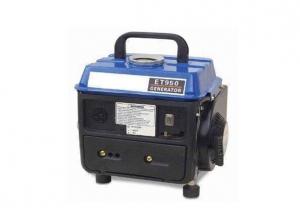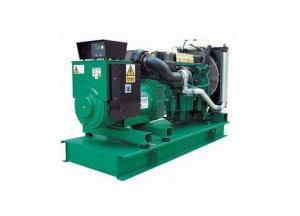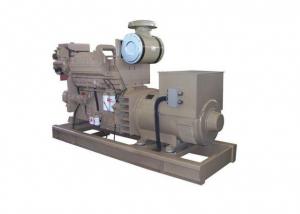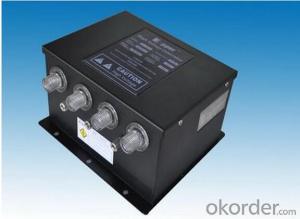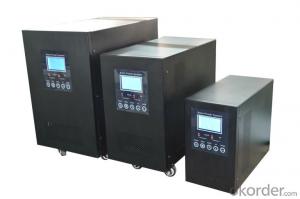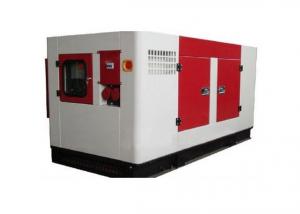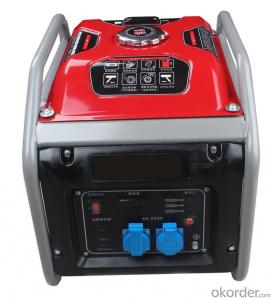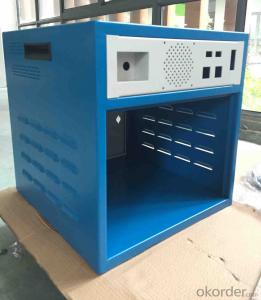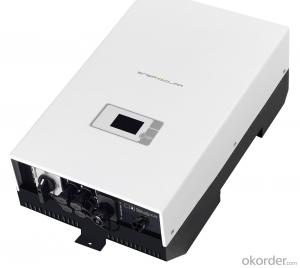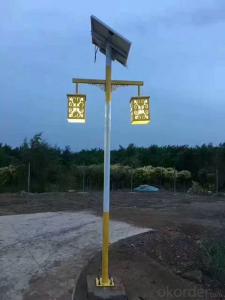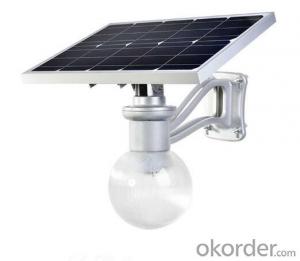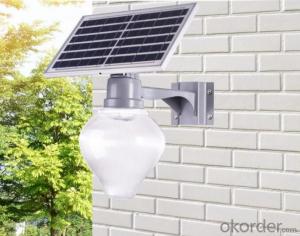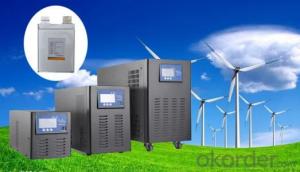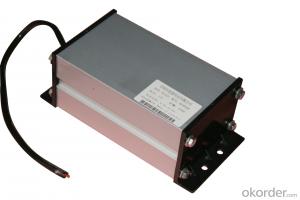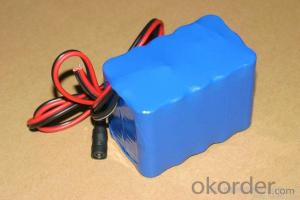Solar Inverter Generator
Solar Inverter Generator Related Searches
Solar Power Inverter Generator Inverter Solar Generator Inverter Generator Solar Solar Generator Inverter Inverter Generator Solar Panel Solar Inverter Generators Solar Solar Inverter Inverter Solar Best Solar Inverter Generator Solar Battery Inverter Solar Converter Inverter Solar Grid Inverter Solar Electric Inverter Solar System Inverter Solar Energy Inverter Solar Plant Inverter Solar Inverter Inverter Power Inverter Solar Inverter Solar Cell Inverter Battery Solar Solar Power Grid Inverter Battery Inverter Solar Solar Power Plant Inverter Sun Solar Inverter Power Solar Inverter Solar Inverter Factory Solar Inverter System Inverter Power Solar Battery Solar Inverter Inverter Solar BatterySolar Inverter Generator Supplier & Manufacturer from China
Solar Inverter Generator is a versatile power solution that combines the benefits of solar energy and portable power generation. This innovative product is designed to convert solar power into usable AC power, making it an ideal choice for various applications where traditional power sources may not be readily available. The Solar Inverter Generator is particularly useful for outdoor activities, emergency preparedness, and off-grid living, as it provides a reliable and eco-friendly source of electricity.The Solar Inverter Generator is widely used in various scenarios, such as camping trips, outdoor events, and during power outages, where a stable power supply is essential. It can also be employed in remote areas where grid electricity is not accessible, or in situations where a backup power source is needed. This product offers the convenience of harnessing solar energy, which is both renewable and sustainable, reducing the reliance on fossil fuels and minimizing environmental impact.
Okorder.com is a prominent wholesale supplier of Solar Inverter Generators, boasting a vast inventory that caters to the diverse needs of customers worldwide. With a commitment to quality and customer satisfaction, Okorder.com ensures that each Solar Inverter Generator is manufactured to the highest standards, providing users with a reliable and efficient power solution. By offering competitive prices and excellent service, Okorder.com has established itself as a trusted source for Solar Inverter Generators and other related products in the renewable energy market.
Hot Products








